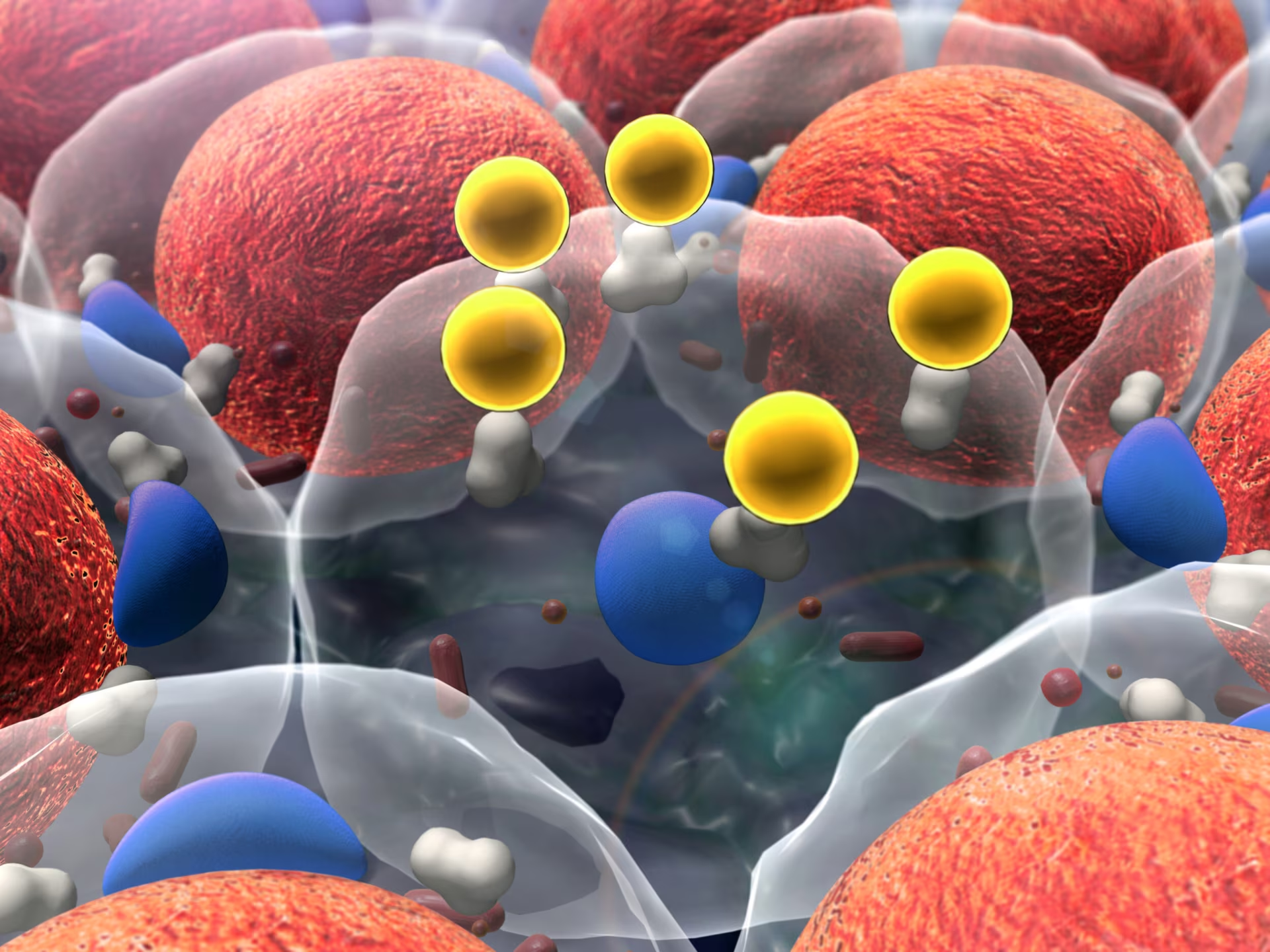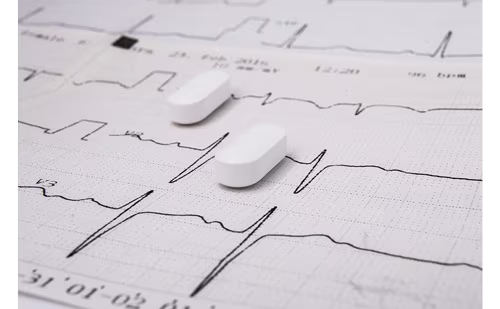The significance of hypertriglyceridemia as a cardiovascular risk factor is further highlighted by its inclusion as a component of the metabolic syndrome, a cluster of metabolic abnormalities, related to insulin resistance. The other criteria for metabolic syndrome include low HDL cholesterol, central obesity, elevated blood pressure, and abnormal fasting glucose. People with metabolic syndrome are at increased risk of cardiovascular disease and type 2 diabetes.
The significance of hypertriglyceridemia as a cardiovascular risk factor is further highlighted by its inclusion as a component of the metabolic syndrome, a cluster of metabolic abnormalities, related to insulin resistance. The other criteria for metabolic syndrome include low HDL cholesterol, central obesity, elevated blood pressure, and abnormal fasting glucose. People with metabolic syndrome are at increased risk of cardiovascular disease and type 2 diabetes.
We have found evidence that fenofibrate lowers TG levels and produces improvements in several lipid markers for cardiovascular disease risk in subjects with hypertriglyceridemia and the metabolic syndrome.1 Fenofibrate treatment resulted in significant changes versus placebo in TG,VLDL cholesterol, LDL cholesterol,HDL cholesterol, remnant lipoprotein-C, apolipoprotein B, apolipoprotein A-I, and apolipoprotein C-III.
Several previous studies have shown that fibrate therapy has the beneficial effect of increasing LDL particle size.2–4 It has been hypothesized that changes in LDL particle size do not occur uniformly, but rather follow a pattern where larger, more buoyant LDL particles predominate (LDL subclass pattern A) when the circulating TG concentration is low, but that a shift occurs to a predominance of small, dense LDL particles (LDL subclass pattern B) when the TG level increases above a threshold value.5 The threshold at which this shift in LDL subclass pattern occurs may be largely hereditary and, in the majority of individuals, appears to occur in the range of 100–200mg/dl.6-8
In our investigations with hypertriglyceridemic subjects, changes in LDL particle diameter with fenofibrate treatment were shown to be significantly inversely associated with the TG level achieved on treatment.When individually matched for per cent change in TG, subjects with on-treatment TG <200mg/dl, in contrast to those with on-treatment values ≥200mg/dl, had significantly different responses with regard to changes in LDL size. In the Diabetes Atherosclerosis Intervention Study (DAIS), fenofibrate reduced the rate of coronary artery disease progression in subjects with type 2 diabetes.19 The change in LDL particle size also correlated inversely with the plasma TG level achieved.5 Subjects in the lowest tertile of on-treatment TG concentration (<113mg/dl) had a mean increase of 1.19nm in LDL particle diameter, whereas those in the highest tertile (>160mg/dl) had a mean increase of 0.69nm. Population data indicate that at a TG value of 200mg/dl, the prevalence of subclass B is ~75% and when the TG is 100mg/dl, the prevalence of subclass B is ~18%.10 The threshold model would suggest that TG lowering will not substantially alter LDL subclass distribution if the TG level remains above the individual’s threshold for conversion from pattern B to pattern A. In our study, by pairing fenofibrate-treated subjects with on-treatment TG values <200 or ≥200mg/dl, we were able to isolate the influences of the TG value achieved from the degree of TG lowering. The subset of patients with end-of-treatment TG ≥200mg/dl showed no increase in LDL particle diameter despite a median decline of >50% from baseline in TG concentration. In addition, very little increase in LDL particle diameter was observed in subjects with end-of-treatment TG values <200mg/dl in the absence of a conversion to LDL subclass pattern A. These results support the threshold model and go some way to explain the findings of the recently published Fenofibrate Intervention and Event Lowering in Diabetes (FIELD) study, which failed to reach its primary end-point of reducing coronary heart disease events in patients with type 2 diabetes. The median baseline TG concentration in the FIELD study was approximately 153mg/dl, suggesting that a substantial proportion of the study sample may have had TG levels below the threshold for conversion to LDL subclass pattern B. To date, no data on LDL subclass distribution have been published from the FIELD study.However, results from previous outcomes studies have suggested that the greatest risk reduction with fibrate therapy occurs in subjects with TG >200mg/dl or 2.3mmol/l.9,11-13
One potential explanation for the greater risk reduction in those with hypertriglyceridemia, and for the failure of the FIELD study to demonstrate a reduction in risk for the primary outcome, is that the greatest benefit of fibrate therapy accrues to subjects in whom treatment induces a shift from LDL subclass pattern B to pattern A. For many patients with high or very high TG concentrations, a single agent will not reduce the TG level to a degree sufficient to induce a shift in LDL subclass distribution pattern. What is needed is a target TG level approach in the clinic. In a recent national survey of lipid management in clinical practice, 25% of patients receiving treatment for dyslipidemia had an on-treatment TG concentration ≥200mg/dl.14 Additional research is needed to corroborate our findings with other TG-lowering agents or combinations of agents. Data from clinical outcomes trials will also be needed to demonstrate that treatmentinduced changes in LDL particle size will translate into reductions in event risk above those attributable to modification of the standard lipoprotein profile.
In conclusion, our investigations indicate that fenofibrate lowers TG concentration and produces other favorable changes in several lipid markers for cardiovascular disease risk in hypertriglyceridemic subjects with metabolic syndrome. Increases in LDL particle size were minor or non-existent unless the ontreatment TG concentration was low enough to produce a shift in LDL subclass distribution pattern.
This threshold TG value was <200mg/dl for most patients. Additional research is needed to determine whether lowering the TG value to the level required to produce a shift toward larger LDL particles will translate into a decreases in cardiovascular event risk.







